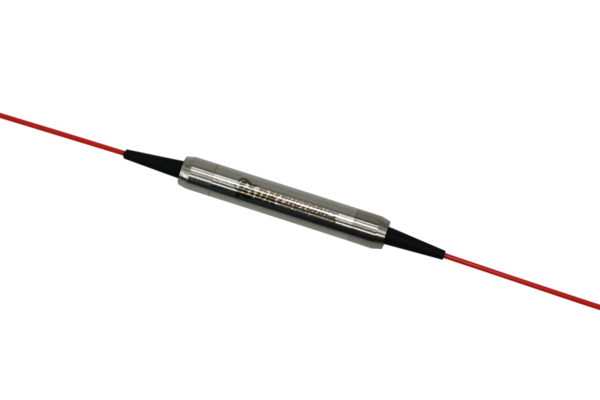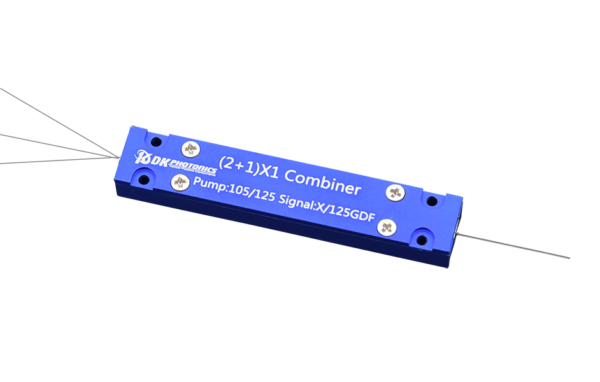Fiber-optic communication is the ideal choice for the transmission of data beyond gigabits. It is used to transmit all kinds of data in form of light signals over long distances for efficient and fast communication. A fiber-optic system uses lightwave technology to transmit data over fiber cables at low attenuation and maximum transmission security.
To transmit light signals over optical fiber in fiber optic communication and fiber laser systems, there are a lot of components such as a 1064nm bandpass filter, polarization optical isolator, single-mode fused coupler, and many more for accurate and efficient light signal transmission. Here’re some of the most widely used fiber optic components in fiber optic systems:

Single-Mode Fused Coupler: Single-mode fused couplers are used to split a portion of a light signal. They are widely used in transmission equipment and amplifier power control systems for feedback control and performance monitoring. Single-mode fused couplers are available in a wide range of length, polarization-dependent loss value, split ratio, sensitivity, and packaging to meet different types of applications in optical networks.
Band Pass Filter: Bandpass filters are used to block unwanted signals in fiber communication and laser systems. Some of the common characteristics of bandpass filters include high return loss, low insertion loss, high isolation, high-power handling capability, and excellent environmental stability. They are extensively used in fiber lasers, fiber amplifiers, high-speed communication systems, and instrumentation applications. Some examples of bandpass filters are the 1064nm bandpass filter, 1030nm bandpass filter, and 1053nm bandpass filter.
Polarization Insensitive Optical Isolator: It is an optical device that guides light in one direction and reflects back unwanted scattered and reflected light signals at any polarization state. Optical isolators have the characteristics such as high isolation, low insertion loss, and high return loss. They are widely used fiber lasers, EDFAs, transmitters, Raman amplifiers, and fiber optic communication systems to eliminate back reflection and backscattering. They are available in a wide range of wavelength and power handling to meet different requirements.
Polarization Insensitive Optical Circulator: It is a high-performance optical device that is used to route incoming signals to different ports. For example, if you want to route an incoming light signal from port 1 to port 2, optical circulators act as signal routers to route light signals from an input fiber to output fibe.
Faraday Mirror: It is a passive optical device that provides rotation of the input light at an angle of 45 or 90 degrees depending on the polarization state. It is widely used in measurement applications and fiber optic networks to eliminate the polarization sensitivity of the system. Faraday mirrors are extensively used in Brillouin amplifier systems, fiber interferometers, fiber optic antenna remoting systems, and fiber laser systems.
Pump and Signal Combiner: It is an optical device designed for high-power applications with exceptional characteristics. They can combine multiple pump lasers into one fiber to create a high-power laser source for applications in industries like the military, telecommunication, and medical.
These are some of the most common optical components used in fiber-optic networks, amplifiers, transmitters, optic laser systems, and other fiber optic communication systems across industries. At DK Photonics, we sell optical components in a wide range of wavelengths, lose value, power handling capability, and sensitivity to meet custom requirements. You can also contact us with your desired specifications and quote a custom component as per your unique requirement. We can help you with all kinds of custom solutions to meet your fiber optic system requirements.

